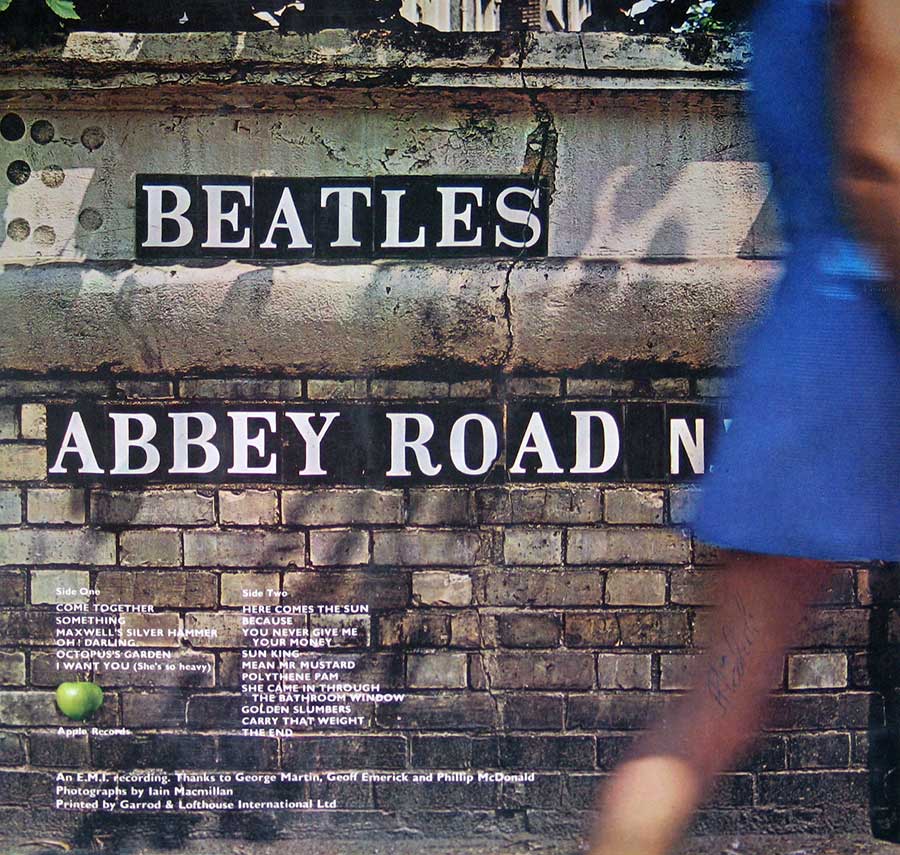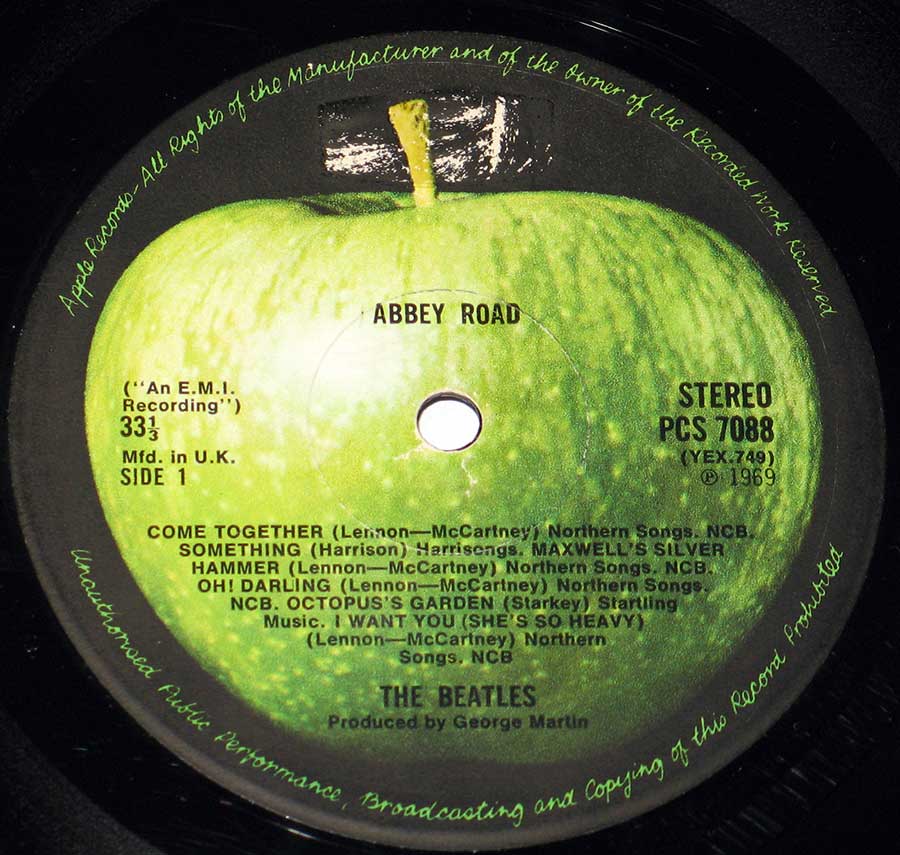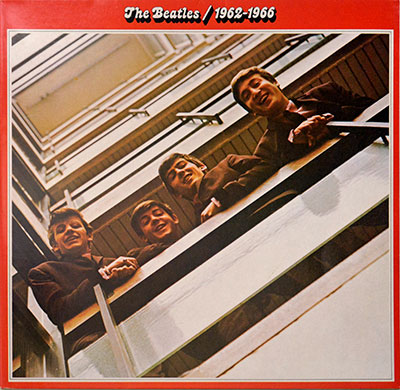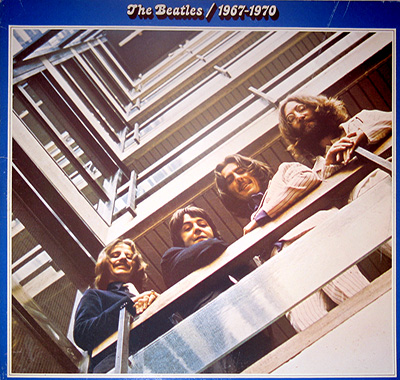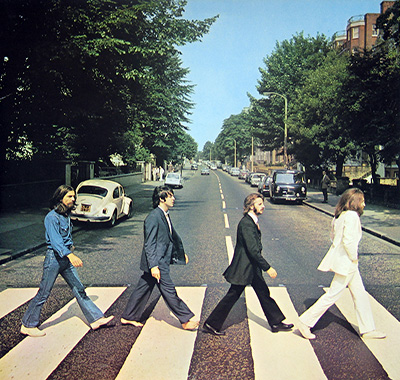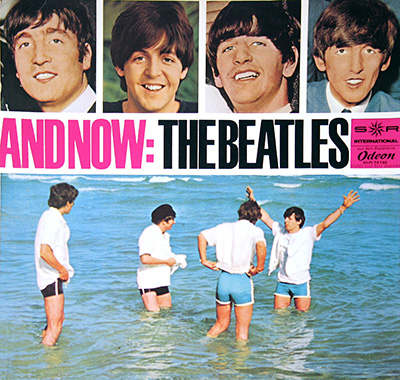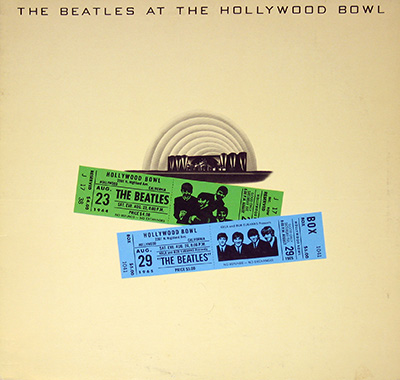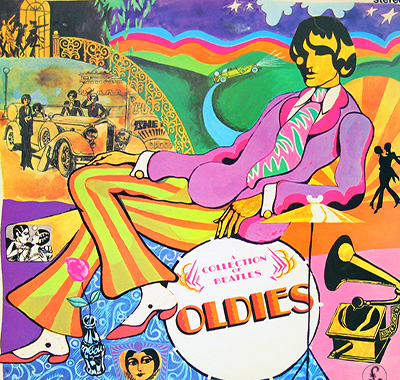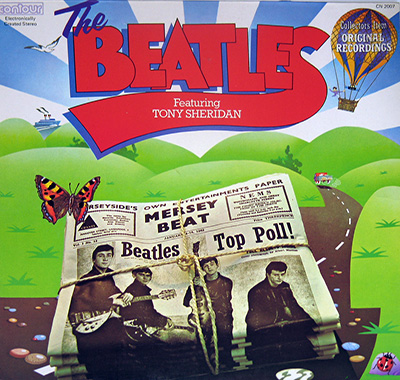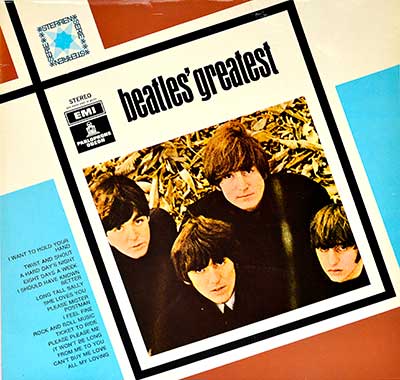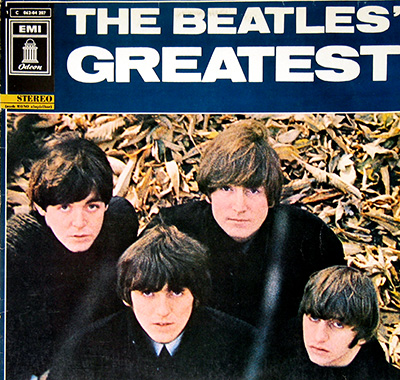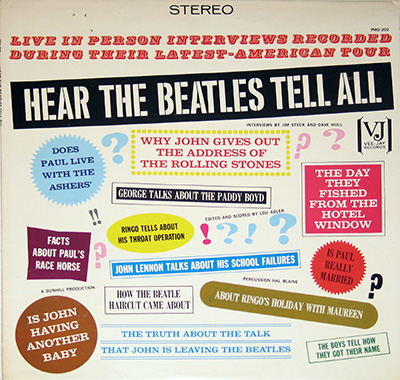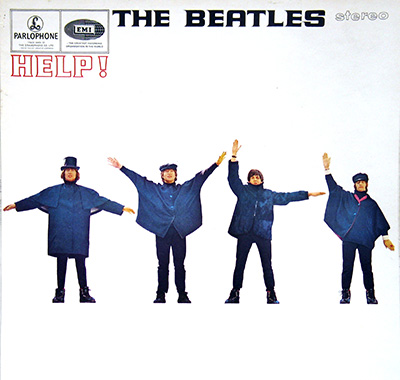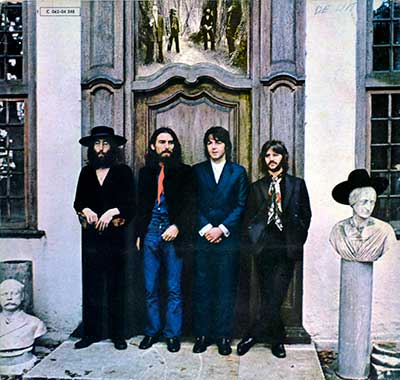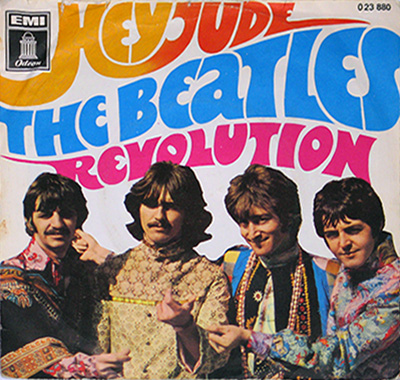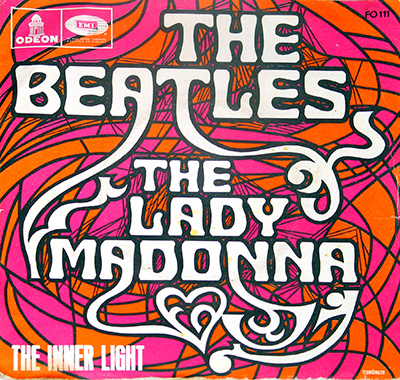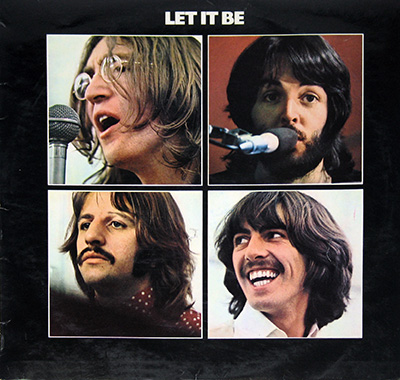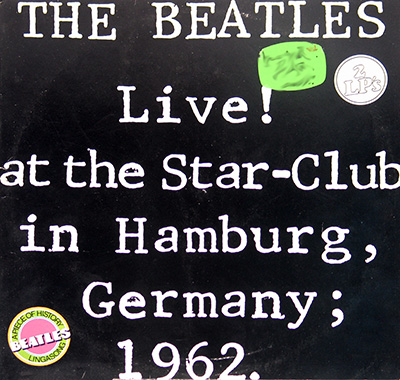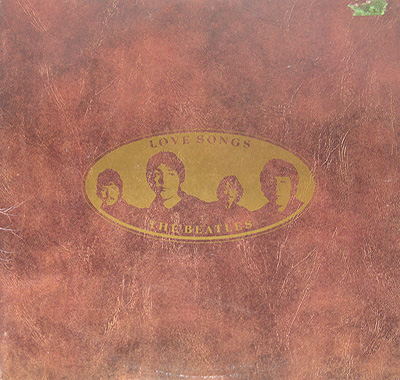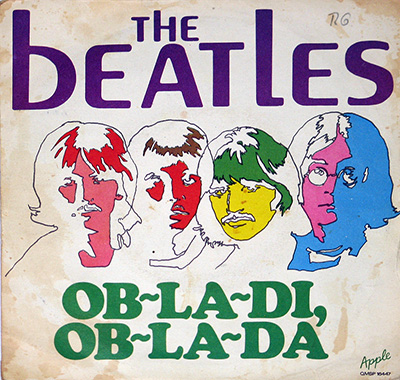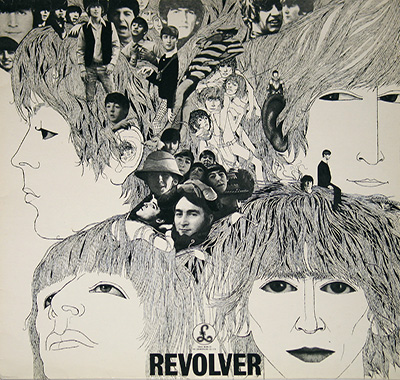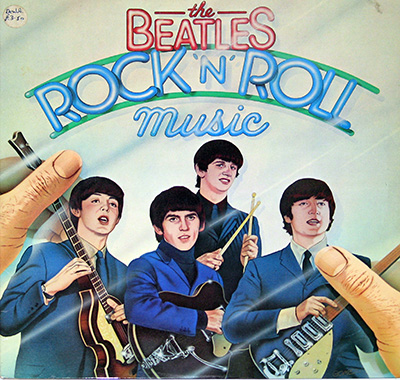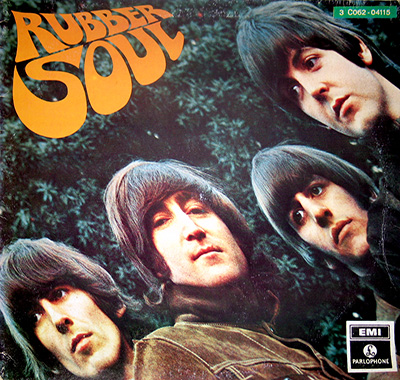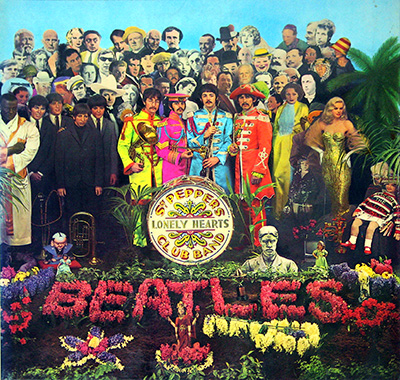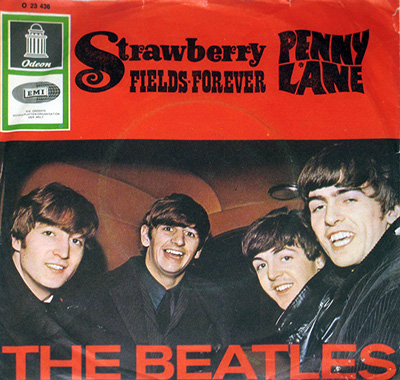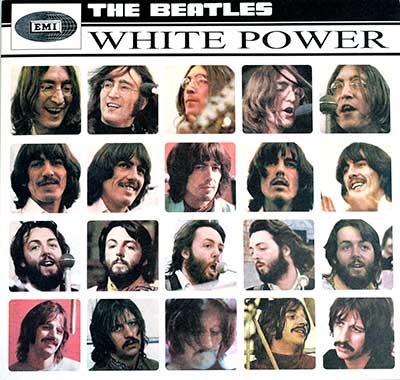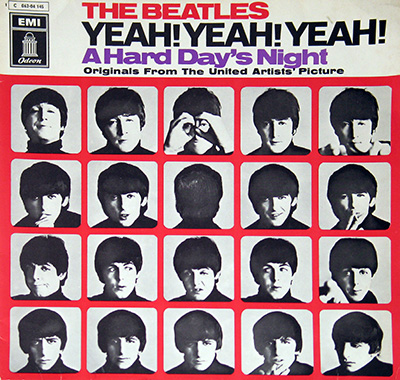Album Description:
The Beatles, one of the most iconic and influential bands in the history of popular music, left an indelible mark on the world with their timeless melodies and revolutionary sound. Among their remarkable discography, Abbey Road stands tall as a masterpiece that transcends generations. Within the realm of vinyl collecting, the UK 1st pressing of the Abbey Road LP holds a special place, encapsulating not only the band's musical genius but also the historical significance of the era.
Historical Context:
Released on 26 September 1969, Abbey Road marked the culmination of The Beatles' journey together as a band, despite their final album being recorded before Let It Be. It was an era of profound musical experimentation and a testament to the band's unparalleled ability to reinvent themselves while staying true to their roots. The UK 1st pressing of Abbey Road serves as a time capsule, capturing the essence of the late 1960s and the cultural revolution that was sweeping the world.
Distinct Features:
The genuine UK 1st pressing of Abbey Road is characterized by several distinctive features that set it apart from subsequent releases. The most notable feature is the "Her Majesty" credit on the record sleeve. In this initial pressing, "Her Majesty" is absent from the back cover, leading to its eventual relocation to the end of Side 2, after a brief period of silence following "The End". Subsequent pressings rectified this omission, making the UK 1st pressing a rarity among collectors.
Furthermore, the label of the UK 1st pressing LP album exhibits a solid green apple on the Side 1 label and a sliced green apple on Side 2. This imagery is an allusion to the band's newly founded record label, Apple Records, adding a unique touch to the aesthetic appeal of the album. Additionally, the cover of the UK 1st pressing LP features a high-gloss, robust texture, elevating the tactile experience of owning this piece of history.
Collector's Appeal:
For avid collectors and die-hard Beatles fans, the UK 1st pressing of Abbey Road holds an undeniable allure. Owning this original release is like possessing a tangible connection to a significant chapter in music history. Its scarcity and unique features make it highly sought after, commanding a premium in the collector's market. Its value extends beyond its monetary worth, carrying with it a sense of pride and a connection to a specific point in time when The Beatles were at the height of their creative prowess.
Preserving Musical Heritage:
In an era dominated by digital streaming and compressed audio formats, the genuine UK 1st pressing of Abbey Road serves as a reminder of the tangible beauty of vinyl records. It embodies the warmth and depth of sound that can only be experienced through the analog medium. By preserving and cherishing this first pressing, collectors contribute to the preservation of musical heritage and ensure that future generations can appreciate the cultural significance of the album.
Paul McCartney is Dead?:
At the time of Abbey Road's release, one of the most intriguing aspects of the album cover was the perceived discrepancy in the walking sequence of the Beatles across the zebra crossing. Observers noticed that Paul McCartney seemed to be out of step or not in-sync with the other band members. This led to various speculations and conspiracy theories, adding a layer of mystery to the album's visual presentation.
The notion that Paul McCartney's position was somehow significant and symbolized his death or replacement as a member of the band gained traction, giving rise to the "Paul is Dead" urban legend. According to this theory, McCartney had allegedly died in a car accident in 1966, and the person seen in later photos and recordings was an imposter. Supposed clues, such as hidden messages in the lyrics and album artwork, were believed to support this claim.
However, it is essential to note that these speculations were purely fictional and had no basis in reality. The perceived inconsistency in the walking sequence was most likely a result of the spontaneity of the photoshoot and the band's casual approach to the task. The Beatles were known for their playful nature and unconventional approach to promotional materials, often injecting humor and whimsy into their visuals.
In reality, the Abbey Road cover was designed by photographer Iain Macmillan, who had only a brief window of ten minutes to capture the iconic image. The band members, along with Macmillan, agreed to take several shots while walking across the zebra crossing near Abbey Road Studios. Each member had their own natural pace, leading to the perceived lack of synchronization.
The lasting fascination with the Abbey Road cover and the speculation surrounding McCartney's position can be attributed to the cultural context of the time. The late 1960s was a period of social upheaval, conspiracy theories, and a growing mistrust of authority. The "Paul is Dead" rumors tapped into the countercultural spirit of the era, encouraging listeners to dissect album covers and lyrics for hidden meanings.

